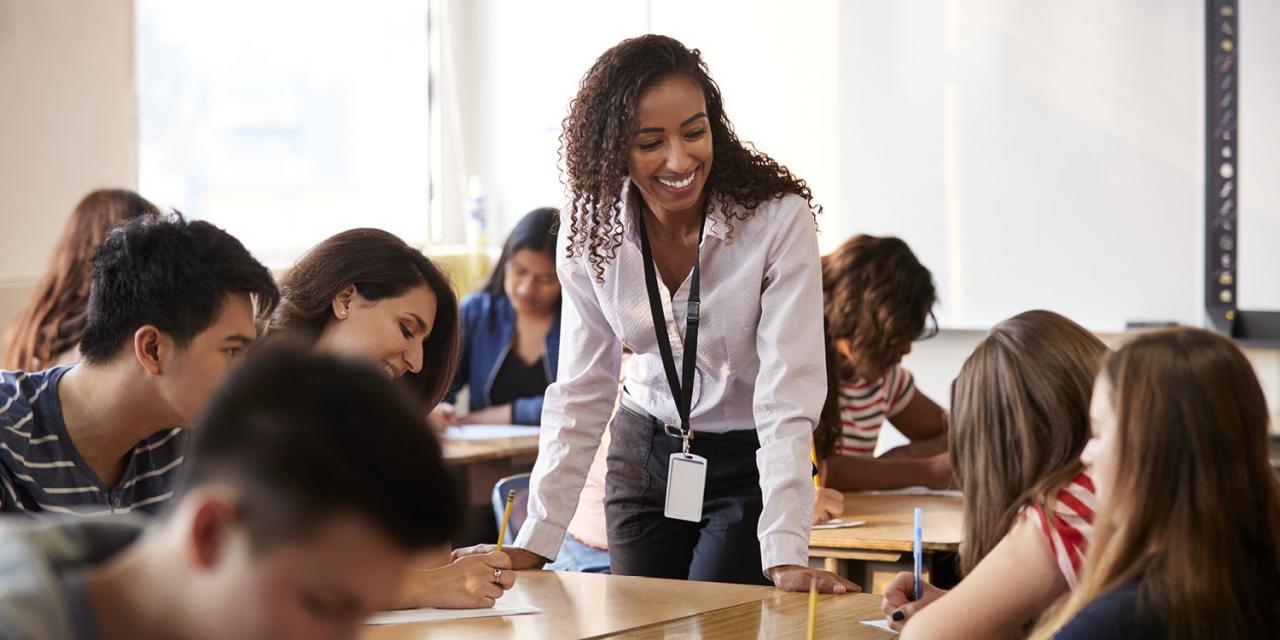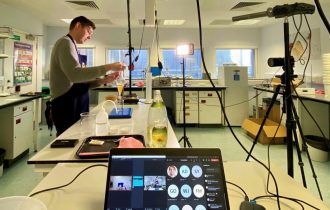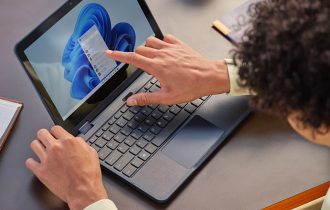Effective Strategies for Implementing Hybrid Learning
Hybrid learning is a unique blend of traditional face-to-face and online learning, and it’s transforming the way educators approach teaching. By incorporating cutting-edge technology and innovative learning strategies, this model presents a remarkable solution for educators aiming to deliver a more flexible and personalized learning experience.
1. Understanding Hybrid Learning
Hybrid learning is an educational model that combines traditional face-to-face classroom activities with online learning. This approach allows students to have the best of both worlds – the interactive experiences of classroom learning and the convenience and flexibility of online study. It’s an increasingly popular approach in a world where technology plays a central role in our lives.
“The future of education is not one-size-fits-all. It’s about customizing learning to meet each student’s needs. Hybrid learning is a key part of this.” – Sal Khan, the founder of Khan Academy.
2. Leveraging Cutting-Edge Technology
The success of hybrid learning is primarily dependent on the effective use of technology. Here are some strategies and technologies that can be applied:
Virtual Learning Environments (VLEs): VLEs are software applications that provide educators and students with an integrated set of tools to manage and deliver learning materials. Platforms like Moodle, Blackboard, and Google Classroom are prominent examples.
Interactive Learning Tools: These are tools that promote engagement and active participation in the learning process. Examples include Kahoot!, an interactive quiz platform, and Nearpod, which allows educators to create interactive presentations and assessments.
Artificial Intelligence (AI): AI can be harnessed in education to personalize the learning experience, providing individualized resources and feedback. Applications like Century use AI to analyze a learner’s strengths and weaknesses, tailoring resources to their needs.
Take the example of the Dalton School in New York. In response to the COVID-19 pandemic, the school embraced hybrid learning using Google Classroom for the delivery of educational materials and Zoom for virtual meetings. Teachers used Kahoot! for interactive quizzes, and Nearpod to create engaging lessons. This technological integration created a robust hybrid learning environment, ensuring continuity of education during a challenging period.
3. Implementing Effective Instructional Strategies
Successful implementation of hybrid learning is not just about leveraging technology. It’s also crucial to adopt effective instructional strategies.
Flipped Classroom: This approach encourages students to learn new content online at home and use class time for problem-solving or discussions. The technique allows for individualized instruction and gives students the chance to control their learning.
Project-Based Learning: This strategy involves students working on real-world problems or projects, promoting the development of higher-order thinking skills.
Peer-to-Peer Learning: Encouraging students to teach each other not only reinforces their understanding but also fosters a sense of community within the hybrid learning environment.
The University of Illinois implemented a successful hybrid learning model by incorporating these strategies. The “flipped classroom” model was extensively used, with students reviewing lecture materials on the online platform before engaging in problem-solving sessions in class. The university also incorporated project-based learning, assigning students group projects to foster teamwork and collaborative skills.
4. Fostering Communication and Collaboration
Hybrid learning environments can sometimes leave students feeling isolated. Hence, fostering a sense of community is paramount.
Online Discussion Forums: These can be established to facilitate student interaction.
Virtual Office Hours: Teachers can hold virtual office hours to offer real-time support and advice to students.
Collaborative Projects: These can help students feel part of a team and foster a sense of camaraderie.
High Tech High, a network of charter schools in San Diego, has done an exemplary job fostering communication and collaboration in its hybrid learning environment. Online discussion forums have been extensively used, and teachers hold virtual office hours to address student queries. The school also encourages collaborative projects to instill teamwork skills.
To conclude, as the American education reformer John Dewey once said, “If we teach today’s students as we taught yesterday’s, we rob them of tomorrow.” Embracing hybrid learning is not only about adapting to the future; it’s about actively shaping it. With the right technology, effective instructional strategies, and a commitment to fostering communication and collaboration, hybrid learning can provide a flexible, personalized, and future-focused approach to education.



